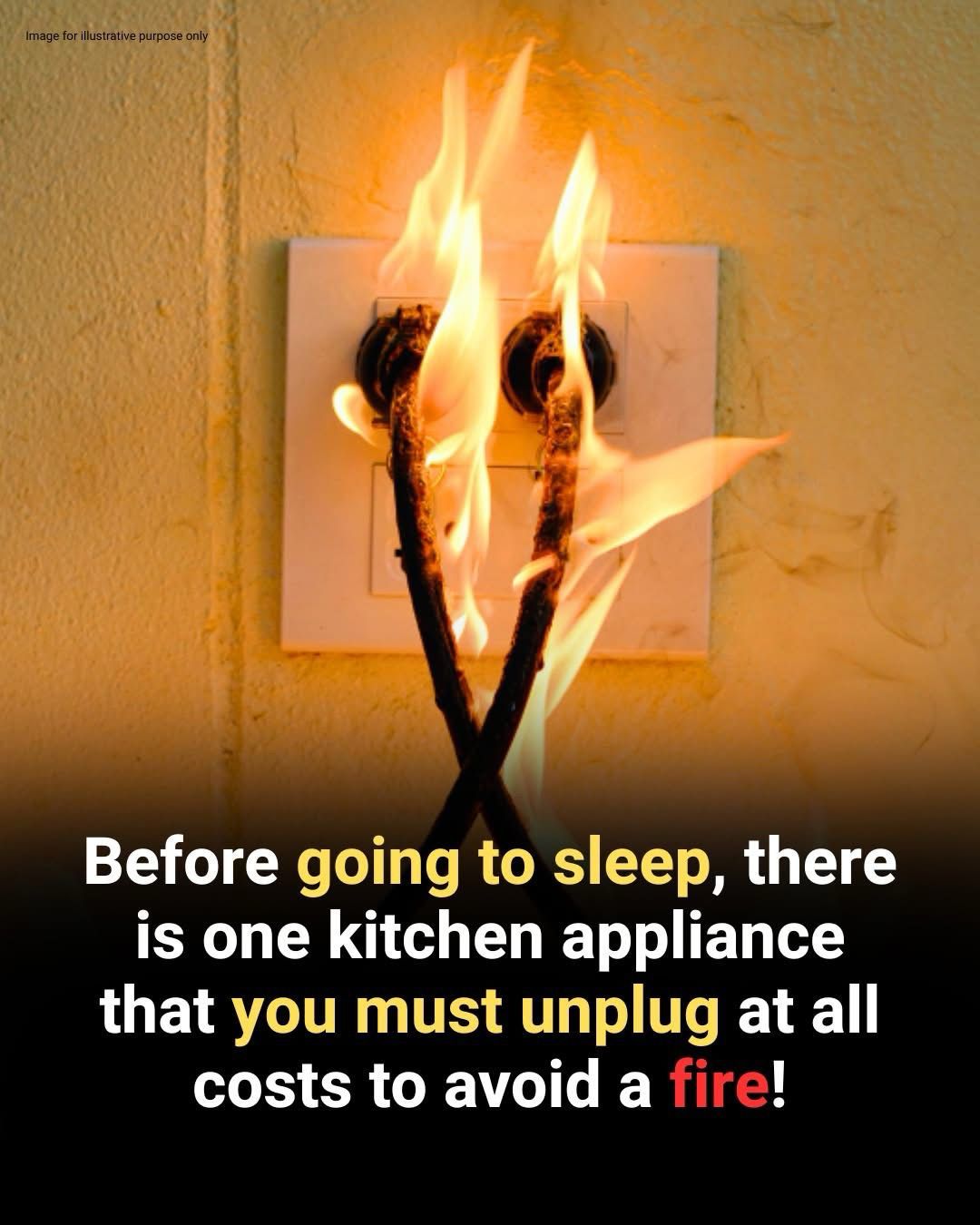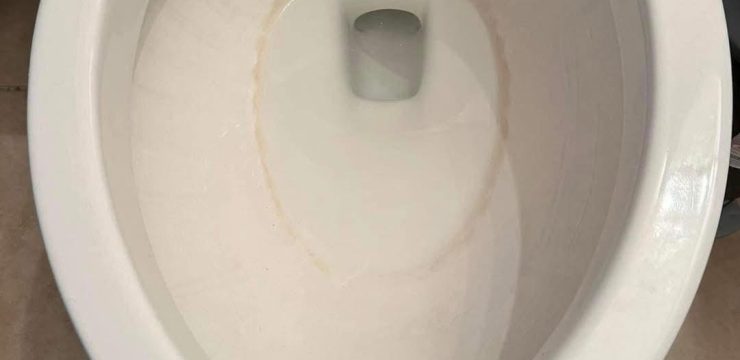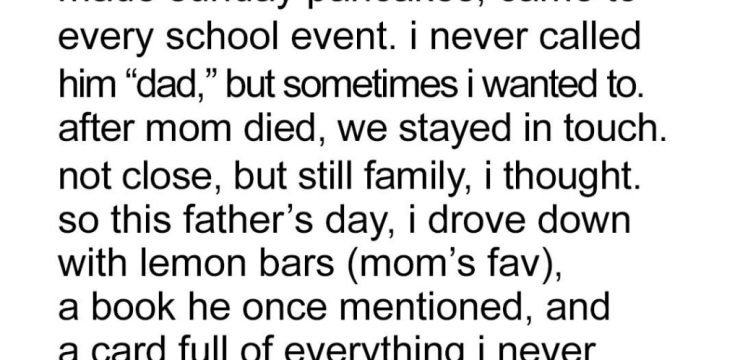Unplugging household appliances after use may seem like a minor effort, but it plays a big role in protecting your home, saving money, and preserving the life of your devices. Many appliances continue to draw electricity even when they’re turned off, a hidden usage known as phantom or standby power.

Over time, this silent drain can account for nearly 10% of your home’s total energy bill. Aside from the financial impact, keeping appliances plugged in increases the risk of electrical fires and equipment damage during storms or power surges. Taking a few seconds to unplug certain devices can prevent these issues and provide long-term benefits. Let’s start with toasters and toaster ovens—kitchen staples that are used often but come with their own hazards. Crumbs that build up inside can catch fire if the device overheats or malfunctions, and leaving them plugged in means they still draw electricity.
A power surge or faulty cord can cause sparks or even a fire, especially if flammable items like napkins or plastic bags are nearby. Older toasters, lacking modern safety features, pose even greater risks. By unplugging them and cleaning them regularly, you extend their life and make your kitchen safer. Next is the coffee maker, a beloved appliance that many people leave plugged in for convenience. However, many coffee makers continue using electricity to power built-in clocks or maintain heat for quicker brewing. This consistent draw affects your energy usage and can also wear down internal parts. Worse, if the heating element fails while still plugged in, it could lead to smoke or a fire, especially since coffee makers are often placed near curtains or paper products.
While auto shutoff stops brewing, it doesn’t stop electricity from flowing. Making it a habit to unplug your coffee maker ensures both energy savings and added safety. The popular air fryer is another appliance to watch. Although it’s efficient and trendy, many users don’t realize that it consumes energy even when idle due to its digital display and memory settings. Residual grease or crumbs around the plug increase the chances of a short circuit, and a malfunctioning heating coil might cause the appliance to heat up unexpectedly. Since these devices are often placed near paper towels or other flammable objects, leaving them plugged in can be dangerous. Waiting for your air fryer to cool before unplugging is a smart and simple safety practice.
Space heaters are notorious for causing fires, especially when left plugged in and unattended. Even when turned off, they often continue to draw power, and if they fall over or are accidentally kicked, they can short-circuit or overheat. Homes with pets or children face even greater risk. Older models that lack features like automatic shutoff or temperature control are particularly hazardous. Using extension cords with heaters adds another layer of danger, as these devices require a lot of electricity and can easily overwhelm circuits. Always unplug space heaters when they’re not in use to reduce risk and extend their lifespan. Microwaves also top the list of phantom power users. Even when idle, their digital clock and internal components remain active, using energy continuously. Food residue inside can also become a fire hazard if the appliance malfunctions. Short circuits in older models may cause sparks, and if the microwave is surrounded by flammable items like cookbooks or paper towels, the situation can quickly escalate. Unplugging your microwave not only saves energy but also encourages regular cleaning and safety checks. Beyond unplugging, simple household habits can enhance safety. Frequently inspect cords and plugs for wear and tear and replace damaged items right away. Avoid overloading power strips, especially with heat-generating devices. Use surge protectors for valuable electronics and ensure smoke detectors are working in every room with appliances. Test them regularly and replace batteries at least twice a year. Keep flammable items far from heat sources and teach children which appliances should be avoided. Storing instruction manuals in an accessible spot also helps when you need quick reference. If you’re looking to cut your energy bill, even small actions matter. Replace old lightbulbs with energy-efficient LEDs, which last longer and use less power. Adjust your thermostat a few degrees to reduce strain on your heating and cooling systems. Wash clothes in cold water and run full loads for better efficiency. Keep your fridge between 37 and 40°F and use ceiling fans to circulate air. Smart power strips that automatically cut electricity to idle electronics can also make a difference. Lastly, remember to unplug chargers and small gadgets—they still draw power even when not in use. Developing the habit of unplugging appliances is a small act with a big payoff. It minimizes fire risks, saves on your energy bill, and extends the life of your devices. Whether it’s a toaster, coffee maker, air fryer, space heater, or microwave, every unplugged item helps. Combine this habit with other safety tips like checking cords, avoiding overloading outlets, and testing smoke detectors regularly. Not only will your home be safer, but your monthly expenses will also shrink. Start by unplugging just one item each day and let that habit grow. Over time, these mindful actions will become second nature—and your home and wallet will both be better off.





